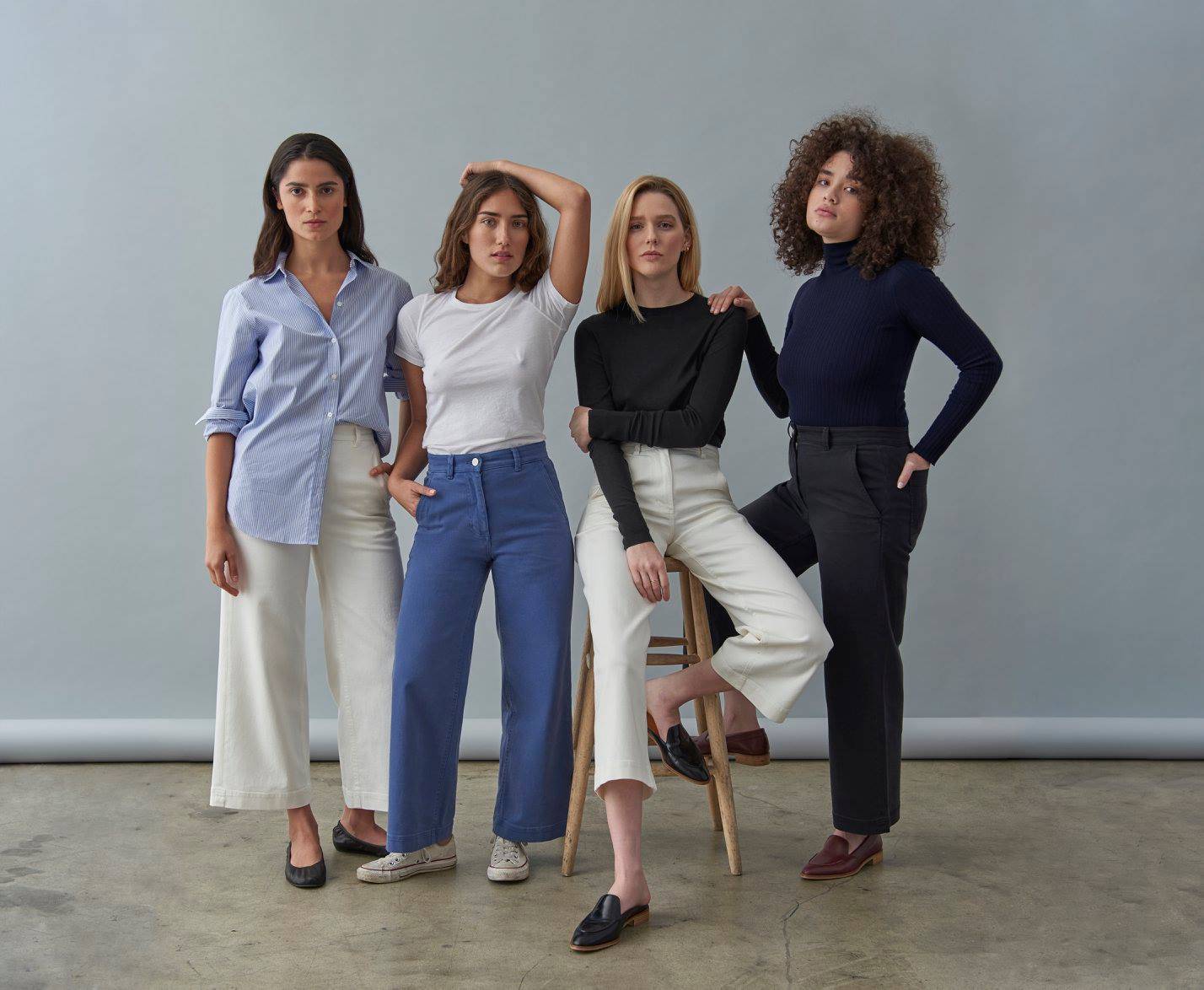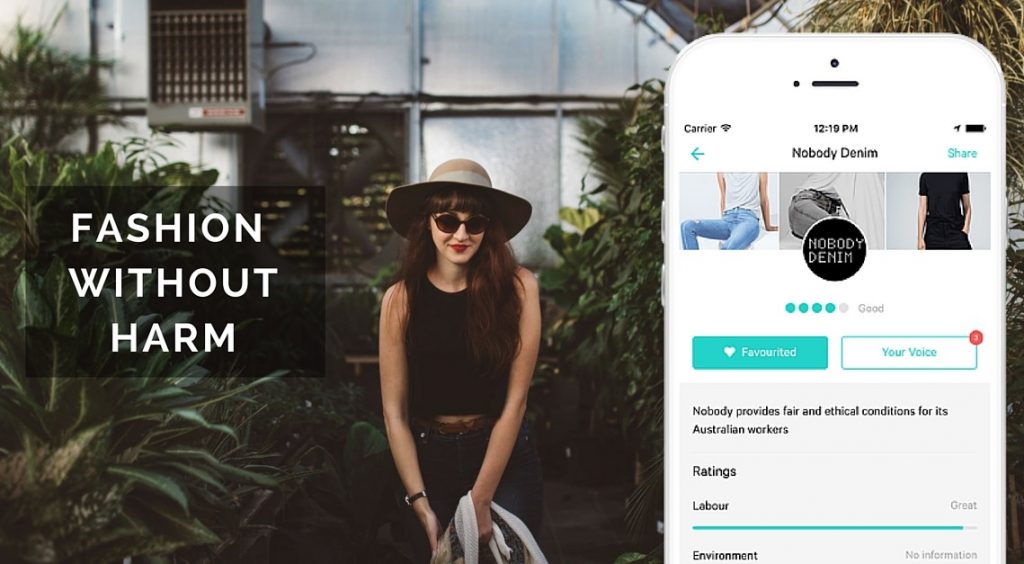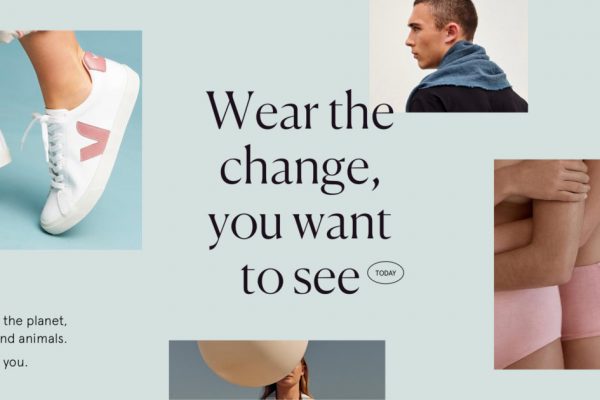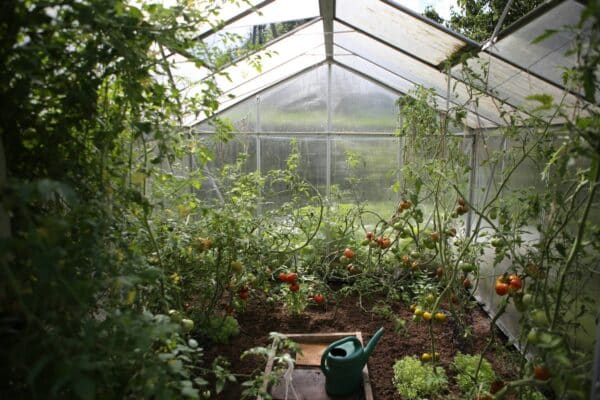I’ve received lots of questions about Everlane’s rating on Good on You over the past few months. This is my response.
What is Good On You?
Good on You is a popular app that rates companies along a scale of 1-5 according to a fixed rubric, measuring environmental impact, labor rights, and animal welfare.
As a general rule, Good on You is a good resource, not just because it makes an effort to provide consistent measurements across the industry, but because of its scope: it covers both brands marketed as ethical and conventional brands with the same rating system.
But there are a few gaps in the rating system that make it more subjective than it looks, and nowhere is this more obvious than with Everlane.
Image via Everelane

"While Everlane has had clear "ethics-y" language since the beginning, they didn't have all of their sustainability ducks in a row by any means."
Everlane’s Rating on Good on You
Everlane receives 2/5 stars or a “Not Good Enough” rating on Good on You.

Read their review before continuing.
Before you mistake this piece as an impassioned defense of Everlane, let me say this: Good on You isn’t wrong that there are gaps in Everlane’s ethics. And they’re also not wrong in ranking them lower than a fair trade darling like People Tree.
After all, until recently, they had made few public strides toward offering garments made with eco-friendly processes or sustainable fibers (though, it should be noted, now they have both Clean Denim and Silk lines). And, in spite of the “radically transparent” branding, they haven’t released detailed, comprehensive data on factory conditions. Consumers, in many cases, have to take their word for it.
But a potential flaw in Good on You’s ranking system is that it can only measure what it can see.
In the case of Everlane, a lack of specific public data skews their ranking downward, which means a cursory glance at the rating would lead you to believe they’re as bad as Nike, despite never having been in the news for horrific sweatshop conditions.
As in all brand claims, I could be biting my tongue in a few years if a story breaks that Everlane is up to no good, but it would still be problematic to claim that Everlane is “as bad” as a company like Nike without any substantive evidence to back it up.
A Scale-First Model
I have watched Everlane‘s every move with caution over these past few years. I know bloggers who, in their growing interest in sustainability, have stopped supporting them. But I also know that hundreds, even thousands, of newbies to the concept of sustainable, ethical fashion got here because of Everlane.

And that’s because Everlane decided to scale first
What do I mean by this?
While Everlane has had clear “ethics-y” language since the beginning, they didn’t have all of their sustainability ducks in a row by any means. And, though they won’t admit it, I think during the middle part of their growth, they used factories in Asia that probably weren’t that great (I gleaned this by the lack of information about them on their website during that time).
Instead of engaging directly with questions about textiles sourcing, they plugged away at it until they could build the scale – and subsequently, the impact – to make bigger changes.
When you’re working in the global fashion industry, and operating at a sustainable scale, creating a good that ticks all the boxes of ethics, sustainability, and quality is difficult. And that quality part matters, because you can’t sustain a business without it, even if you’re sending lots of poor kids to school through your programming, or training trafficking survivors to sew (this is a tangent, but I tend to stay away from companies who do this, because they don’t put enough resources into training, and the clothes are often wonky).
True sustainability must always, always include good business practices and an ability to scale in a measured way. So Everlane took the extraordinarily pragmatic approach of building out their business model before writing a detailed “Our Ethical Standards” page. Unlike most of us in this space, they didn’t lead with their idealism.
Idealism vs. Pragmatism
And I think this is what trips people up.


